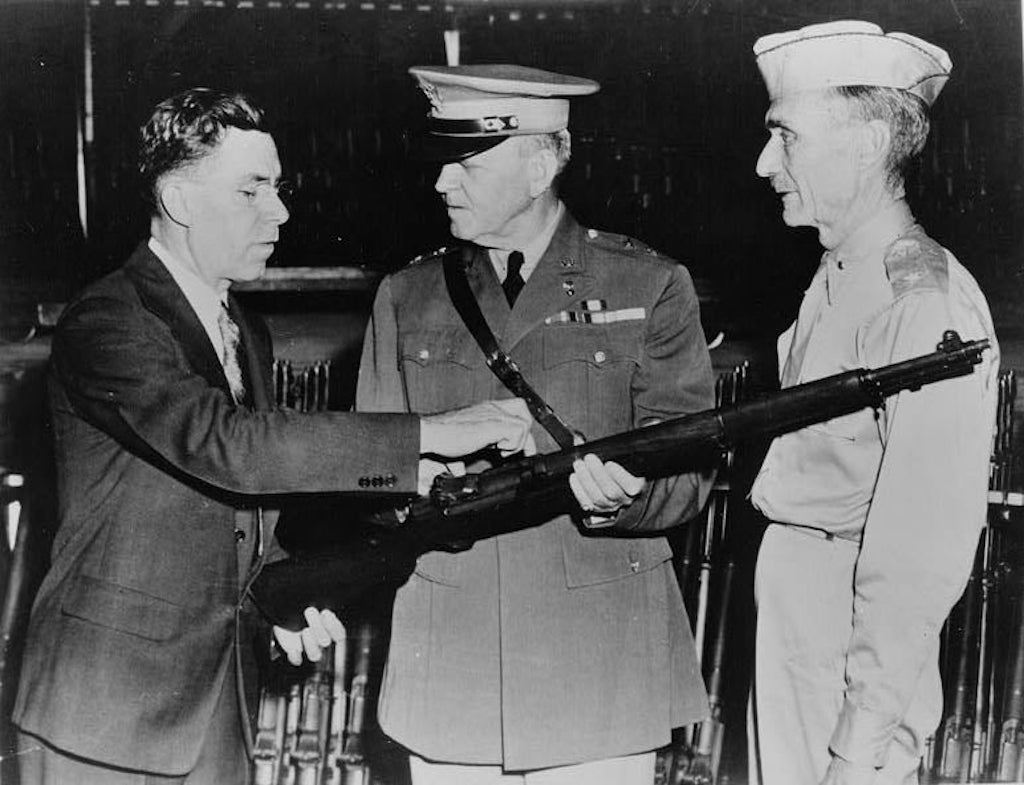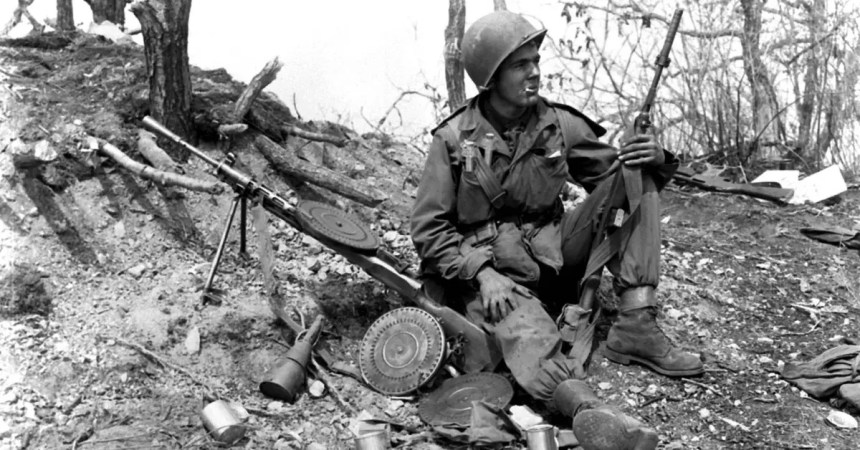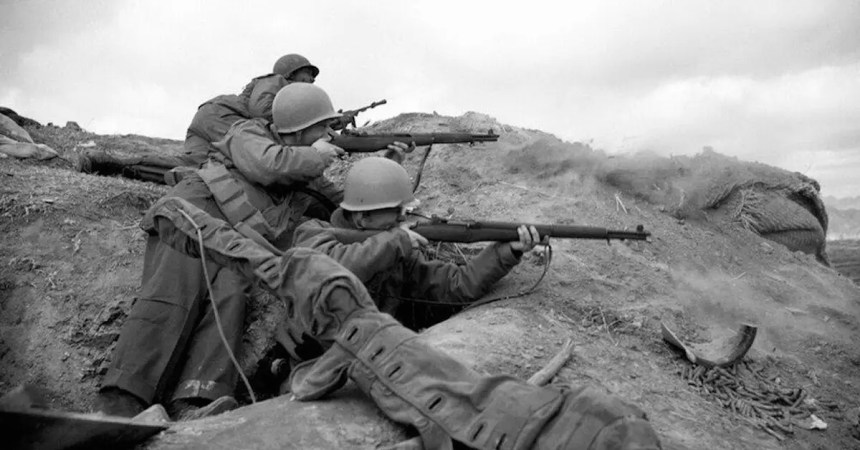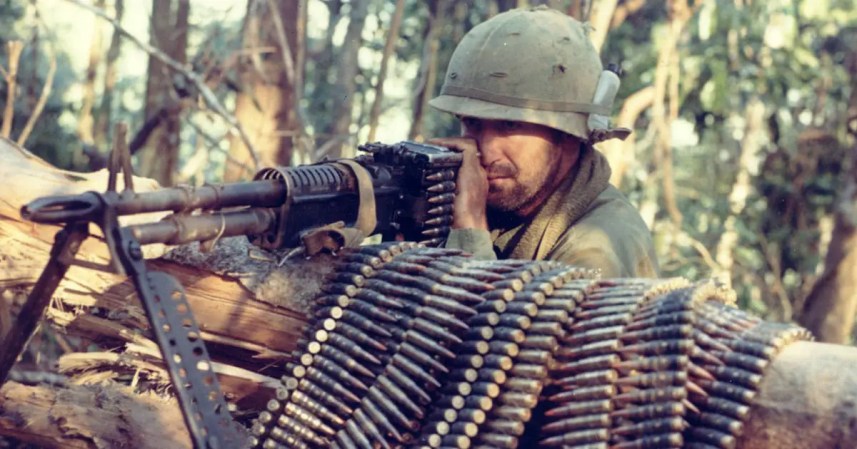Described by General George S. Patton as “the greatest battle implement ever devised,” the M1 Garand is one of the most iconic U.S. military rifles. The Garand is famous for the pinging sound that its en bloc clip makes upon ejection after firing all eight of its rounds. However, it didn’t always have a capacity of eight rounds. At one point during its development, the Garand’s rifle held 10 rounds.

Amateurs talk tactics, but professionals talk logistics. It doesn’t matter how powerful or proficient a military is if it can’t be supplied. Logistical problems are made easier with nice round numbers. Rifles are a great example of this. The M1903 Springfield that came before the M1 had an internal capacity of five rounds.
The M14 that came after the M1 had a magazine capacity of 20 rounds. Even the M16, at different stages of its development and adoption, fed from 20, 25, and 30-round magazines. Interestingly, the reduction of the M1’s capacity from 10 to 8 rounds was also dictated by logistics.

Design
Employed by the U.S. Army’s Springfield Armory, John Garand’s design for the M1 took shape over the course of the 1920s. As the Army looked to replace its standard infantry rifle, a new experimental cartridge was also evaluated: .276 Pedersen. Shorter and lighter than the .30-06 cartridge used in the M1903 Springfield, M1918 Browning Automatic Rifle and M1917/M1919 Browning machine guns, the Pedersen was a promising cartridge. As a result, Garand chambered his rifle design in .276.

Competing against other autoloading rifles through the 1920s, Garand improved his rifle. Following the 1929 test, the Service Rifle Selection Board selected the T3 Garand and the T1 Pedersen rifles, both chambered in .276 Pedersen with a capacity of 10 rounds. After tweaking their designs, Garand and Pedersen resubmitted their rifles for testing by the Infantry and Cavalry Boards. Not only did soldiers prefer the T3 Garand, they preferred the .276 Pedersen cartridge to the .30-06.

MacArthur steps in
In 1932, a report was compiled recommending that the Army adopt .276 Pedersen and allocate funds to its production. However, Army Chief of Staff General Douglas MacArthur stepped in to veto this recommendation. His primary reason for doing so was, inevitably, logistics. The Army had a vast stockpile of .30-06 ammunition from WWI. Tooling up and producing a similar stockpile of .276 would be time-consuming and expensive. Moreover, the existing BAR and Browning machine guns were still chambered in .30-06.

Luckily, Garand designed a .30 caliber version of his rifle in parallel with the .276 version known as the T1, not to be confused with the T1 Pedersen rifle. Following MacArthur’s veto of the .276 Pedersen cartridge, funding and development was redirected to development of Garand’s .30 caliber design. Using lessons learned from the final development of the T3 Garand, the T1 was successfully improved to withstand the higher pressure of .30-06. However, because of the larger size of .30-06, the rifle could only hold an 8-round en bloc clip instead of the 10-round clip used in the .276 Pedersen version. This new version of Garand’s design would be adopted as the M1.
READ MORE ON WATM:
‘Lone Survivor’ Marcus Luttrell went ‘John Wick’ on the guys who killed his dog | We Are The Mighty
27 FBI photos you must see of the Pentagon on 9/11 | We Are The Mighty
10 most lethal special operations units from around the world










